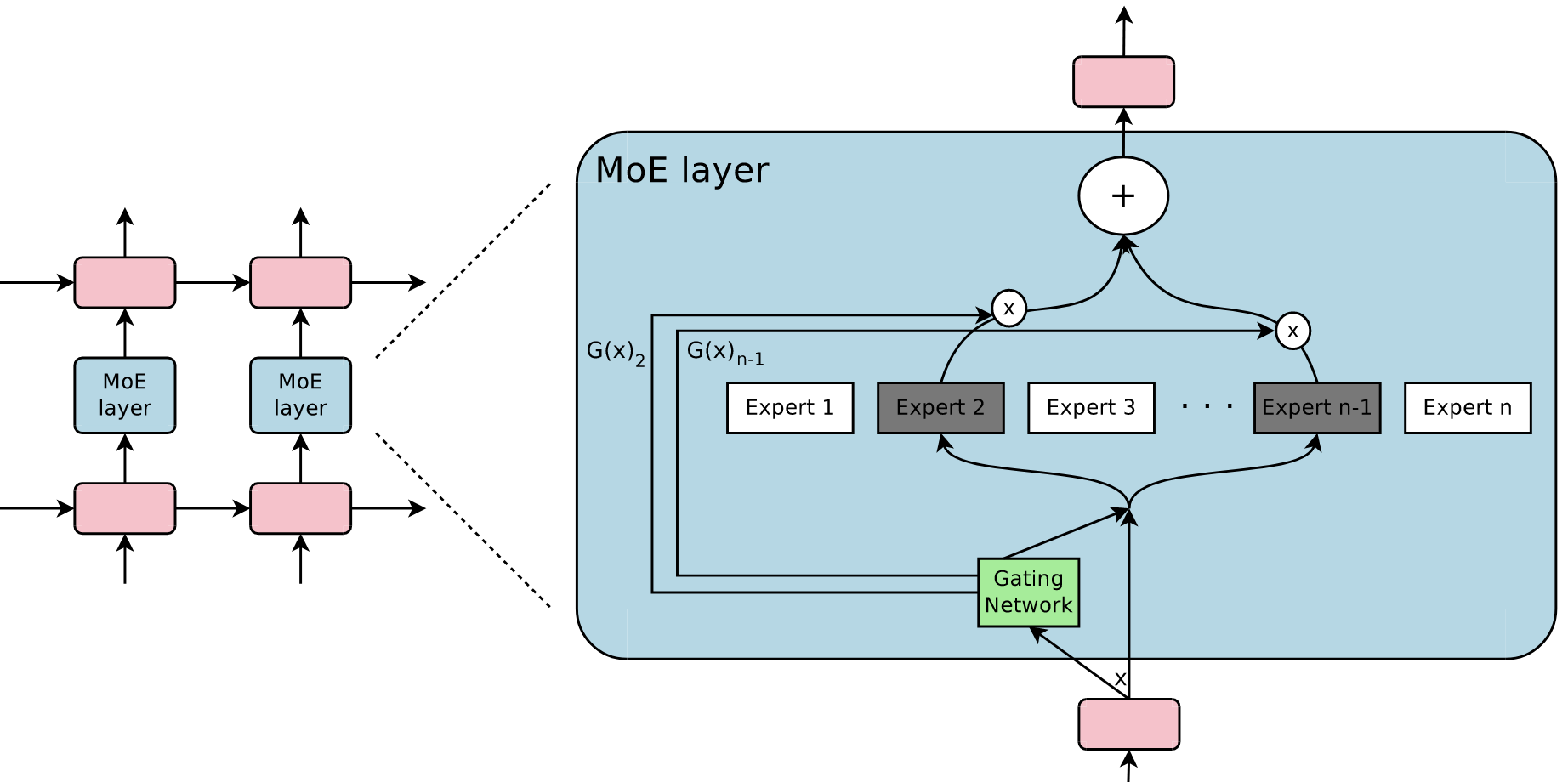Weight Tying in Language Models: A Technique to Parameter efficiency
Intro
In our model, we share the same weight matrix between the two embedding layers and the pre-softmax linear transformation - Attention is All You Need, Section 3.4. Embeddings and Softmax1
What is Multi-Head Attention (MHA)
What’s Multi-Head Attention (MHA)
In last post I have explained how the self-attention mechanism works. Today let’s take a step further and explore multi-head attention (MHA), which is the full version of self-attention as described in the original paper1. Since I have covered most of the foundation concepts in last post, this post will be short. :)
Previously, we mentioned that the self-attention mechanism has three import matrices.
$$ \mathbf Q,\mathbf K,\mathbf V\in\mathcal{R}^{n\times d} $$
An Explanation of Self-Attention mechanism in Transformer
Further reading:
From Basic Block to Control Flow Graph
Note: The Three-Address Code is the basics of the Basic Block (BB), and the Basic Block is the foundation of the Control Flow Graph (CFG). Therefore, before reading this post, it’s recommended that you first understand the Three-Address Code. You may refer to my previous post
What is Three-Address Code (3AC/TAC)
Further reading
The Flow of GraphRAG
Motivation
The current RAG techniques can not answer the global questions about the corpus. For example, we may want to know what is the topic of the corpus. Usually, the answer does not exist in the corpus but needs to understand the whole corpus and give summarization. Such global questions are called query-focused summarization (QFS) problems in this paper1. A naive RAG technique can not handle such a situation.
And it’s unrealistic to put all the text in the corpus in the context window of LLM. Even if we could, the LLM may miss the information in the middle of the context window.
Reading Notes: Outrageously Large Neural Networks-The Sparsely-Gated Mixture-of-Experts Layer
Motivations
The model’s performance is related to the model’s parameter. The bigger the model is, the more performant it will be. However, the computational cost also increases. To mitigate this problem, various forms of conditional computation have been proposed to increase model performance without a proportional increase in computational costs1.
Today I would like to share the Sparsely-Gated Mixture-of-Experts Layer (MoE) as proposed in this paper.1

MoE architecture
There are $n$ experts in the MoE layer (denoted as $E_1, E_2, …, E_n$) and they are controlled by a gating network $G$. The output of the gating network $G$ is a vector with length $n$.
What is the Python decorator really?
Intro
If you could understand this statement: Python function is a first-class function, then I believe you should have no problem understanding the Python decorator too. This statement means that the function is also a value, just like any other primitive types (int, str, float, etc), and can be passed as arguments to function or returned as function outputs.
You may heard of the technical term - high-order function, which means that its arguments contain a function or (and) it returns a function. So we know that the Python decorator is a kind of high-order function.
Reading Notes: Generalization through Memorization: Nearest Neighbor Language Models
Motivation
A language solves 2 subproblems.
- Mapping sentence prefixes to fixed-size representation.
- Using these representations to predict the next token in the context.
The $k\texttt{NN-LM}$ proposed in this hypothesis that representation learning problem may be easier than the prediction problem
kNN-LM
The following graph demonstrates the idea behind the $k\texttt{NN-LM}$ model.

Data Preparation
To use the $k\texttt{NN-LM}$, we need to preprocess the documents in the corpus. The preprocessing procedure can be divided into some steps. Take the following sentence as an example.
How KNN Algorithm Works
What’ is KNN Algorithm
By the definition, we know that the KNN algorithm does not have a training process
What is Phantom type in OCaml
Syntax
The left side of = represents type, while the right side represents the value.
Reading Notes: In-Context Retrieval-Augmented Language Models
The idea
In-Context RALM1 is the RAG technology for Autoregressive LM. In summary, the RAG technology involves using a retriever during model inference to fetch relevant documents, which are then concatenated with the origin input.
In the In-Context Learning setting, some examples are placed before the user’s input, and then they are fed to LLM. Similarly, the In-Context RALM works in a similar way: it directly concatenates the most relevant retrieved document in front of the model’s input. The advantage is that there’s no need to retrain the LLM. A diagram created with Mermaid is shown below.